Associate Professor, Dr. Pham Van Loi used to be a researcher and collector at the Vietnam Museum of Ethnology, and is currently the Deputy Head of the Vietnam Thai Studies Program, Institute of Vietnamese Studies and Development Sciences . He is an expert in in-depth research on culture and research on the culture of ethnic communities in Vietnam in the direction of interdisciplinary, regional studies and development sciences.
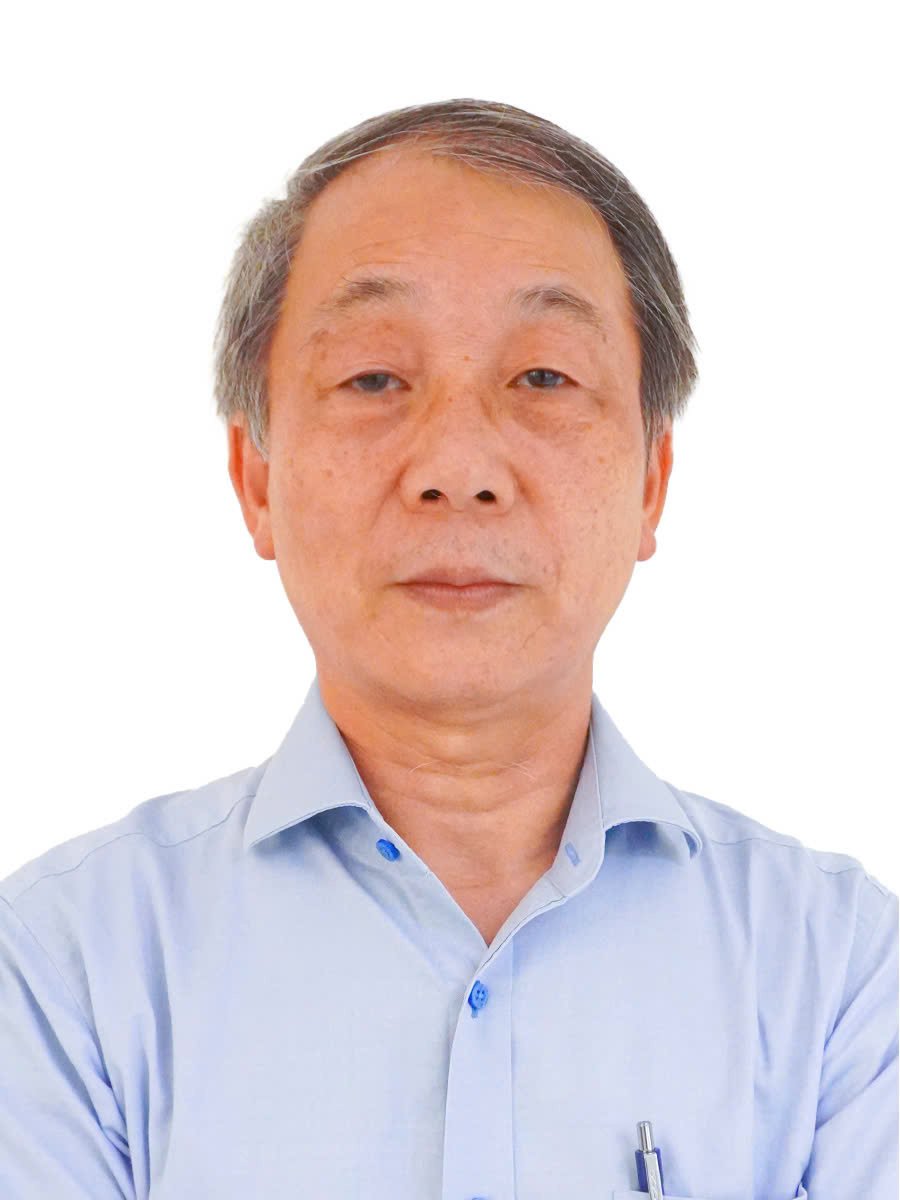
Speaking at the workshop "Preserving and promoting Then performance heritage in the context of community tourism development in Binh Lieu district" co-organized by the Institute of Vietnamese Studies and Development Sciences in Binh Lieu, Associate Professor, Dr. Pham Van Loi shared:
+ “Then” in the Tay language group is often translated as “Thien”, “Troi” or “Tien” in common language. However, “Then” or more precisely “Then ritual” or “Then practice” is a type of religious activity, a type of spiritual performance, diverse, rich, imbued with folk culture, including many types of art, from verbal art, physical art, singing to costumes, cuisine …
Then ritual or Then ritual has gone through a long history of existence and development and plays an important role in cultural life, especially the spiritual culture of local groups of ethnic groups residing mainly in the northern mountainous region.
- Is Then only found in ethnic groups in the northern mountainous regions, including Quang Ninh?
+ Recently, due to the impact of many causes, the Tay ethnic group has migrated to live in many other areas across the country, such as: Red River Delta, Central Highlands, Southwest... However, the number of residents in areas outside the Northwest and Northeast is not much. Basically, they are still mainly concentrated in the mountainous areas of the North.
For Quang Ninh, the number of Tay people in Binh Lieu district accounts for 38.96% of the Tay people in the province. This shows that Binh Lieu district is the main residential area of the Tay people in Quang Ninh. Right in Binh Lieu, the Tay people live concentratedly in the West, bordering Lang Son, while the Dao and San Chay people live concentratedly in the East. The Tay people in Binh Lieu are confirmed to be a local group of the Tay ethnic group, called Phen or Tay in brown shirts.
In a research project, Dr. La Cong Y said that currently, the ethnic name Phen is almost no longer used in the daily life of the residents here. However, at the end of March this year, when I went with a group of scientists to Binh Lieu to attend the Then hotpot festival of the Tay people in Ngan Vang Duoi village, Dong Tam commune, I realized that the local name of this Tay group is still recognized and used by the residents here. Therefore, it is very possible that the Tay Phen or Tay in brown shirts in Binh Lieu is also a local group that still preserves and conserves many traditional cultural elements.
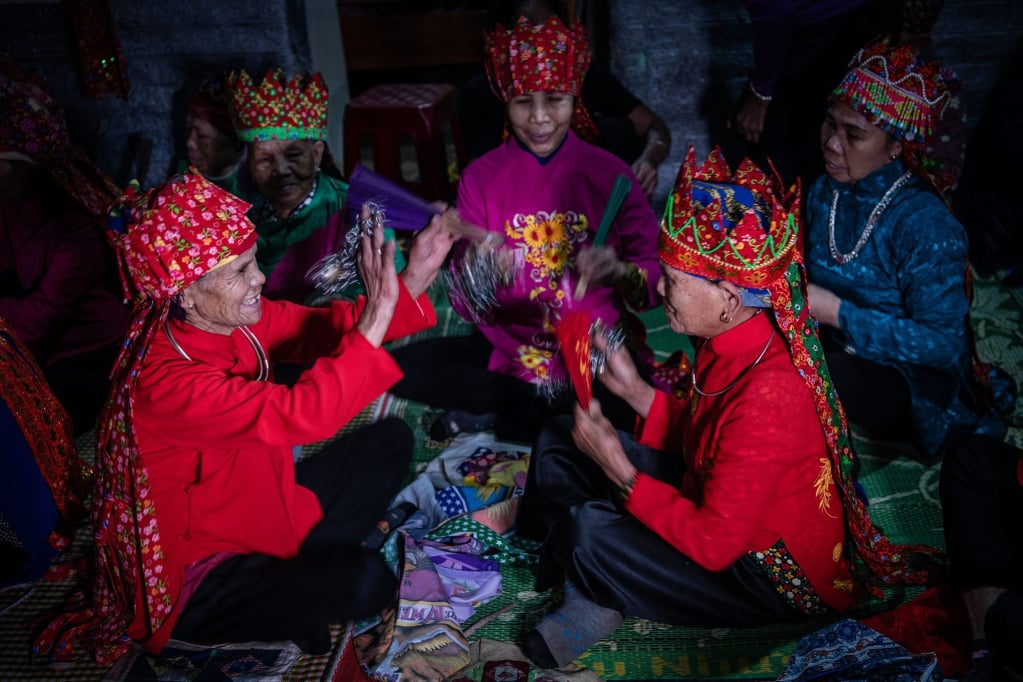
- Sir, although well preserved, will then singing be affected in the cultural exchange between ethnic groups?
+ Then Tay has been and is being influenced more or less by the culture and religious rituals of Kinh people. It seems that only in Binh Lieu, Quang Ninh, Then ritual is less influenced by the culture and rituals of ethnic groups with large populations residing in and around the traditional residential areas of Tay people.
We can talk about the influence of the Dao people, Dao culture, especially the Dao's initiation ceremony on Then Tay in Binh Lieu, because in Binh Lieu district, there are nearly 10,000 Dao people living and residing. In Dinh Lap district, Lang Son province, located to the west of Binh Lieu district, there are also quite a number of Dao people living. Cultural exchange and acculturation between the Tay people in Binh Lieu and the Dao people in the district and in Dinh Lap district is inevitable.
However, it is likely that cultural and ritual influences from the Tay to the Dao are more likely to appear in this area than cultural and ritual influences from the Dao to the Tay, because in Binh Lieu district, the Tay community has a much larger population than the Dao community.
And more importantly, the Tay community has a history of residing and living in Binh Lieu much earlier than the Dao community. In the Then Tay ritual, I did not see any traces of Dao worship paintings around the Then altar, although in Tien Yen district, adjacent to Binh Lieu, there are currently artisans painting worship paintings to supply to the communities in the area.
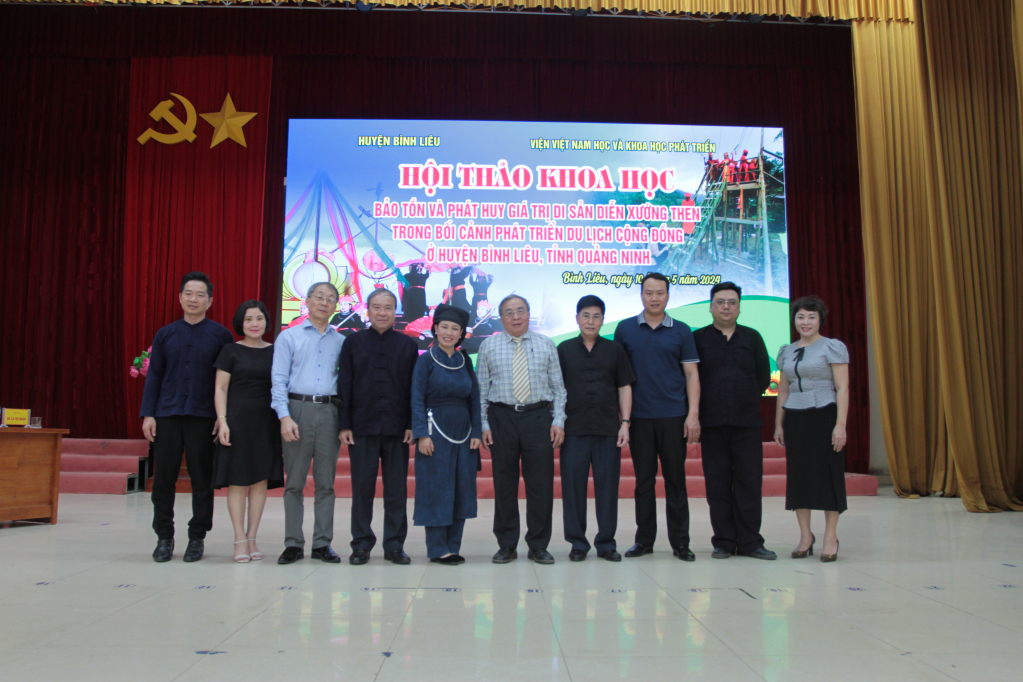
In my opinion, there needs to be more research, even videotaping and audiotaping of all Then rituals to be able to analyze and explain the entire process of existence and development from language (speech, lyrics, etc.), music (instruments, melodies) to movements, dances, cuisine, costumes. It is even necessary to study the psychology and psychological measures of Then women expressed in each ritual, each stage of the ritual.
Then, researchers in those separate research fields need to sit down and discuss with each other, in seminars or scientific conferences, to unify the most important understandings about Then of each ethnic group, local group, and region. On that basis, propose solutions and ways to preserve, promote and develop the whole Then ritual as well as preserve, promote and develop each Then element of each local group, in the present and the future.
- To contribute to preserving, promoting and developing Then of the Tay people in the most unique and complete way to serve tourism, what suggestions do you have?
+ In my opinion, there should be specific studies on decorative images and paintings to develop this form of decoration into a commodity product for sale to serve people to decorate their houses and as gifts for tourists. The tourism industry in Binh Lieu in particular, and the localities where Then rituals exist in Quang Ninh in general, can study the design and tailoring of stylized shirts, skirts, and hats from the shirts, skirts, and hats of Then women to sell to tourists.
Then melodies are performed by folk artists, even professional and amateur actors. However, basically, they are still groups of 5-7 people, mostly women, lined up horizontally on stage, playing the đàn tính, playing the hát hát, and singing.
In the long run, this way of performing Then art can hardly satisfy the needs of visitors to enjoy art. Artists and composers need to pay attention to exploiting and developing movements and dances in Then, especially the dances of trinh quan, tien nhap and the dances when going up the stairs... so that the artists can perform in combination with Then singing. Only then can the attraction of Then be enhanced, satisfying the needs of the public to enjoy art.
- What about other souvenirs, sir?
+ The Tay people in Binh Lieu all explain the reason why the đàn tính only has 2 strings by the story that they took one string and gave it to the Kinh people to make the đàn bầu. Not to mention the truth or falsity of this story, but this story can be completely informed for many people to know because it contributes to raising the spirit of solidarity between ethnic groups.
To develop tourism, Binh Lieu people have used the Tinh lute and Xoc music for artisans and artists to perform some Then melodies (in both Tay and Vietnamese). However, the government, people and businesses in Binh Lieu can and should also consider researching and manufacturing Tinh lutes to sell to tourists.
After completing the upstairs ritual, the Then ladies, both the main and secondary Then, return to the space in front of the Then altar inside the house. Together, they perform some Then dances and songs to celebrate the completion of the ritual. A ritual that often takes place at this time will also attract the interest and attention of the people and tourists. That is the gift-giving ceremony for the participants.
One of the gifts that the Then ladies give/share to the participants are colorful head scarves that are placed in front of the Then altar during the ceremony. In addition to the scarves, the Then ladies also give each person standing around a few diamond fruits and a few beans. The diamond fruits can be strung into bracelets or worn around the neck, helping the wearer avoid disasters and illnesses. The beans worn on the body will bring blessings, fortune, luck, health, etc. This is also a detail that can be exploited to attract tourists, turning the diamond fruit seeds and beans into local tourism products (bracelets, necklaces, etc.) to sell to visitors after attending the Then Tay ceremony.
Thank you!
Source




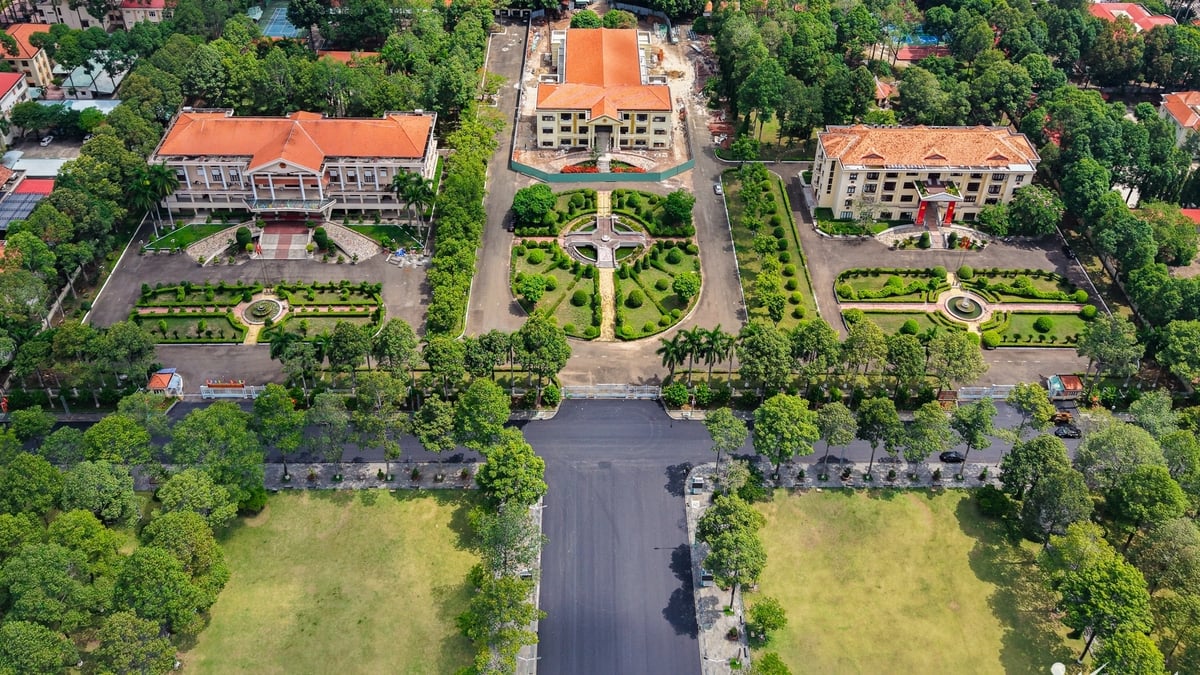

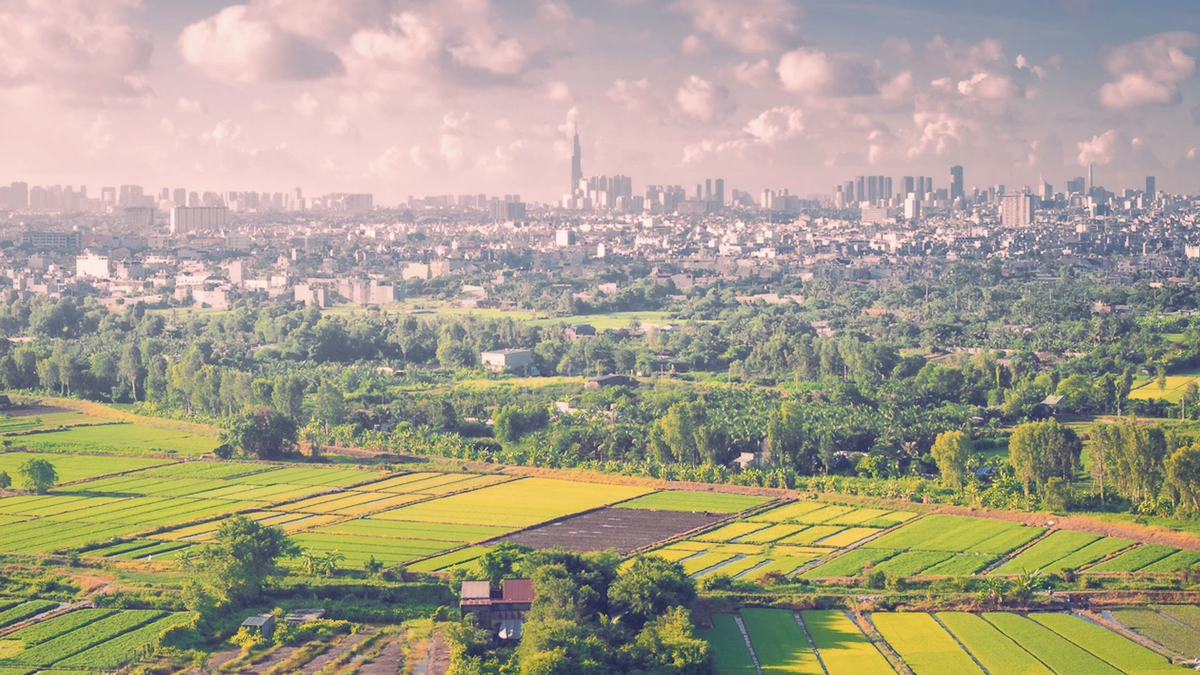



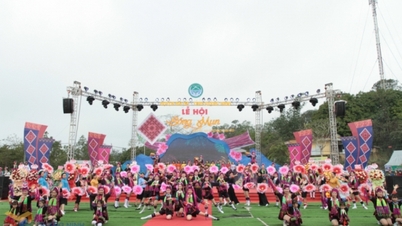
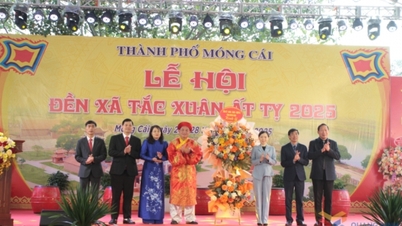
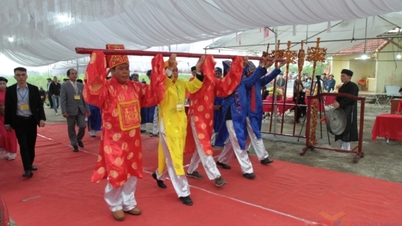
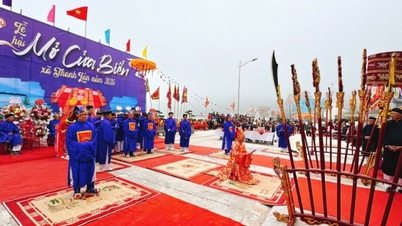

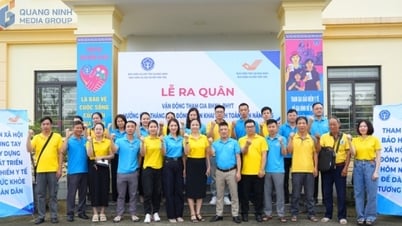



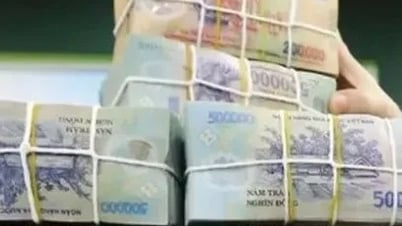

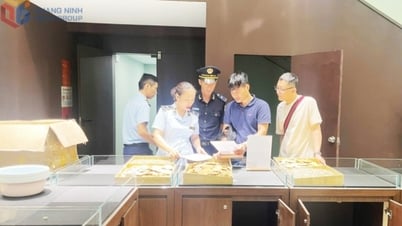




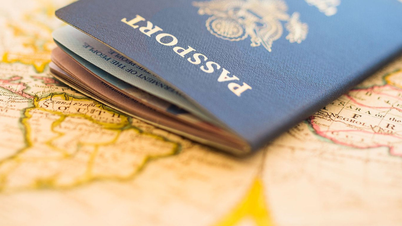

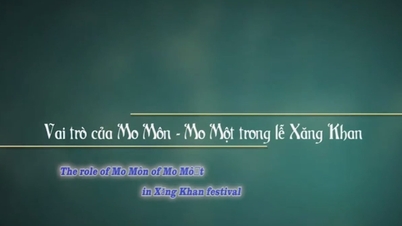

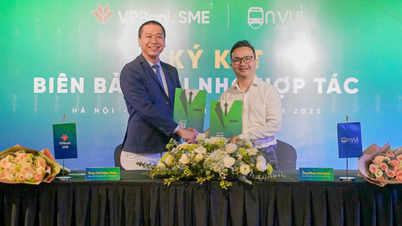

![[Photo] Prime Ministers of Vietnam and Thailand visit the Exhibition of traditional handicraft products](https://vphoto.vietnam.vn/thumb/1200x675/vietnam/resource/IMAGE/2025/5/15/6cfcd1c23b3e4a238b7fcf93c91a65dd)
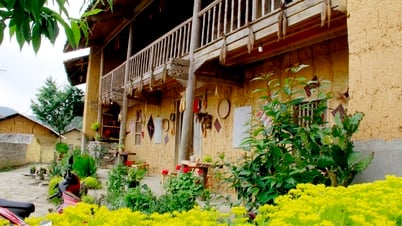

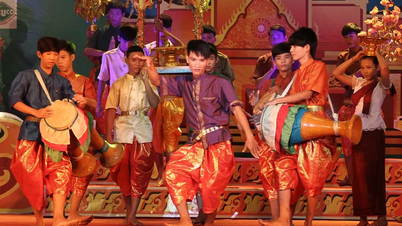

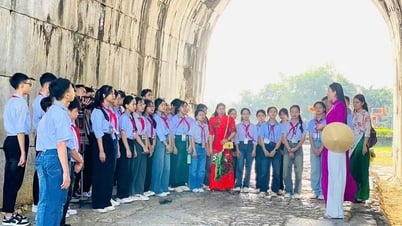

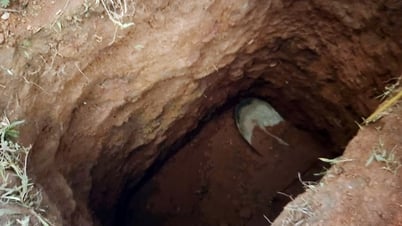


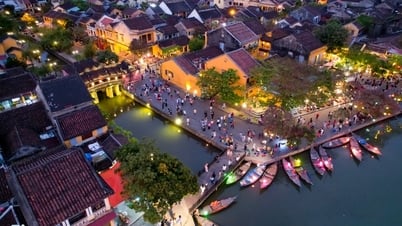

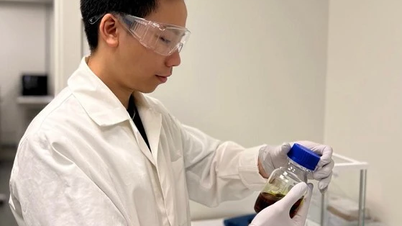





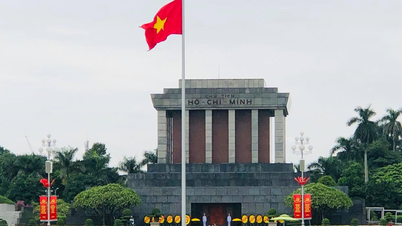

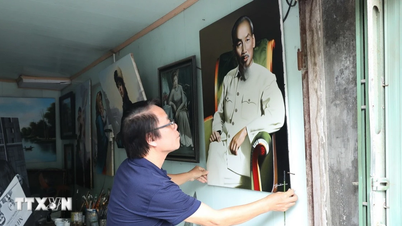

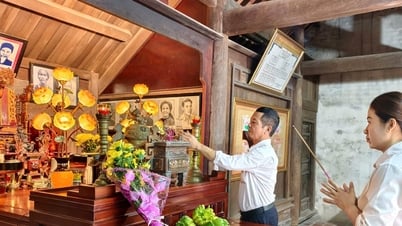










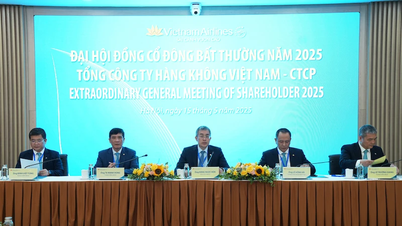

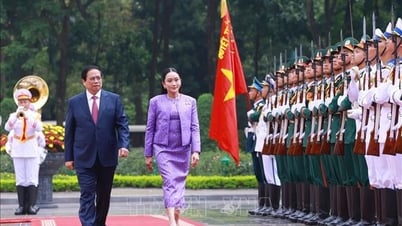

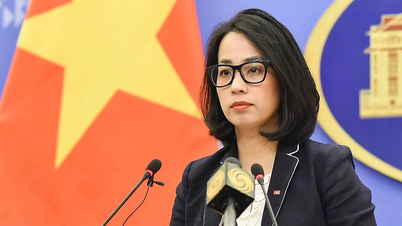


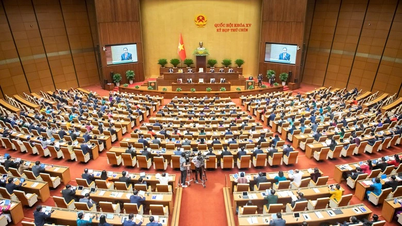

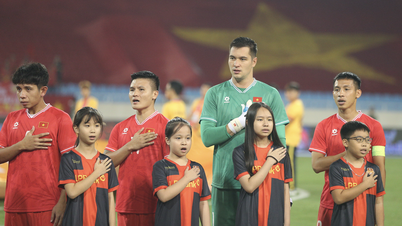

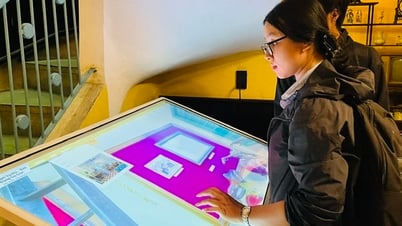

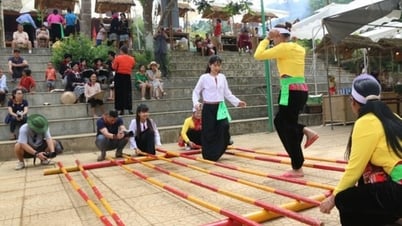


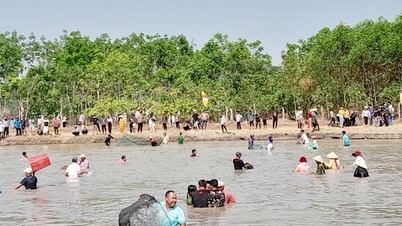



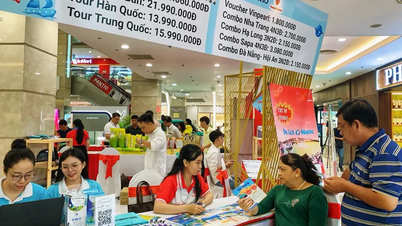
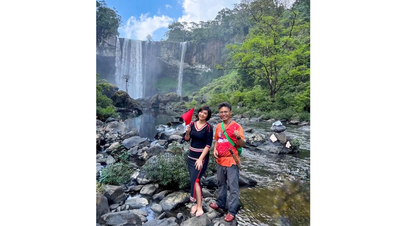




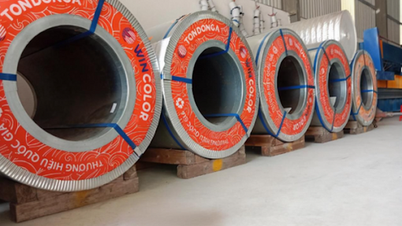







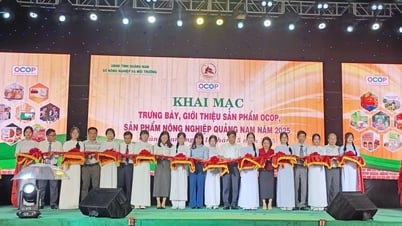

Comment (0)